Clay soil can be a challenge for gardeners and landscapers alike. It is dense, heavy, and has poor drainage, making it difficult for plants to grow and thrive.
However, with a few simple steps, you can improve the quality of your clay soil and create a healthy environment for your plants. In this blog post, we’ll explore some of the best ways to improve clay soil.
What is Clay Soil?
Clay soil is a type of soil that contains a high percentage of clay particles. It is known for its dense and heavy texture, which can make it difficult for plants to grow and thrive.
Clay soil is typically made up of fine particles that are tightly packed together, which can make it difficult for water and air to penetrate. This can lead to poor drainage, waterlogging, and soil compaction.
However, clay soil also has some advantages. It is rich in minerals and nutrients, which can be beneficial for plant growth. With proper management and amendments, clay soil can be improved and made more suitable for gardening and landscaping.
Topdress your Lawn
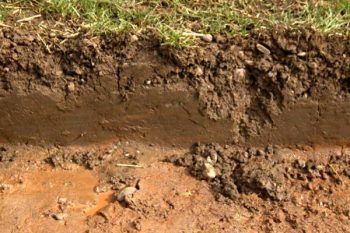 To improve clay soil for lawns, you will need to apply organic matter by a process called topdressing. Topdressing is generally performed once or maybe twice a year in some cases.
To improve clay soil for lawns, you will need to apply organic matter by a process called topdressing. Topdressing is generally performed once or maybe twice a year in some cases.
For correct topdressing you apply a thin layer of organic matter over your grass. Applying a layer of 1/4 inch to 1/2 inch thick usually works best depending on the mowed height of the grass.
Up to 1 inch may work for grasses maintained at 3 or more inches. If you completely cover the grass with compost growth may be restricted and the grass will suffer.
Core Aeration
It helps greatly to core aerate the lawn before topdressing. Core aeration pulls out a plug of soil approximately ¾ inches wide by 3 inches long.
Pass the aerator over the grass several times in different directions. It will seem like you are over-aerating, but you are not. If the soil is largely clay, remove the cores before topdressing.
Once you begin top dressing, allow the organic matter to fill the holes. This gets the amendment down into the soil instead of only on the surface.
Using Soil Amendments For Large Areas
In lawns, humic acid works by breaking up clay and allowing better water penetration. It helps with water retention in sandy soils as well.
For the organic matter to do any good it needs to be worked down so it touches the soil. Brushing the grass with the backside of a rake is usually enough. While top dressing is extremely beneficial at every stage, it may take several years before you would be able to increase the soil organic matter to a satisfactory level.
Humic Acid is also used to relive compaction. It is a term that describes the bio-chemically active ingredients of humus and is derived from many decomposed organic materials.
Sand and Compost
Do not use sand as a soil amendment. Although it is given as advice, it will have an opposite affect by making the clay harder and almost impossible to work with.
Finer sand particles can fill the tiny holes in clay structure producing something like concrete. For sand to be effective, use the largest coarse sand particle size available. Sand based soils have sand volumes at least half of the volume of clay.
To produce your own sand based soil you would need a tremendous amount of sand for a home lawn. Using a sand and compost mix as topdressing is also an option. Use a wheel barrel and a shovel to scatter a thin layer. This is the most common method for topdressing.
Use Cover Crops
Another way to improve clay soil is to plant cover crops. Plant cover crops, such as clover or rye, during the fall or winter and leave in place until spring.
They help to prevent erosion, improve soil structure, and add nutrients to the soil. The cover crop will break down into the soil and provide organic matter that will help to improve the quality of your soil.
Use Gypsum
Gypsum is a mineral that can help to break up clay soil and improve soil structure. It works by replacing the sodium ions in clay particles with calcium ions, which helps to loosen the soil.
Spread a layer of gypsum over your clay soil and work it in with a garden fork or tiller. Be sure to follow the manufacturer’s instructions for application rates.
Recommended Soil Amendment Materials
Compost, or humus, is decomposed plant material. It makes an excellent organic amendment for clay soils.
- From your lawn and garden: save yard waste, grass clippings, spent annuals, etc.
- From your trees: save raked-up leaves in fall, and grind them up by making several passes over them with the lawn mower. Leaves will decompose much more rapidly when ground up.
- From your household: save vegetable peelings, canning wastes, coffee grounds, etc. (but not meat or animal by-products).
For large areas you can till the lawn and start fresh by mixing a variety materials. If your lawn has heavy compacted clay soil and you need to amend large areas of your lawn. Call Ryno Lawn Care for help.
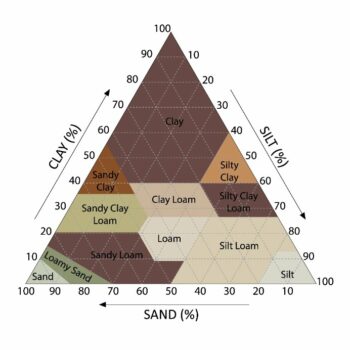
Wrapping Up
Read this article published by Texas A&M University titled, “Simple Steps to Lawn Care,” for more tips on maintaining your lawn.
Improving clay soil can be a challenging task, but with these tips, you can create a healthy environment for your plants to grow and thrive.
By adding organic matter, using cover crops, adding sand, using gypsum, etc, you can improve the quality of your clay soil and enjoy a beautiful, thriving garden or landscape.

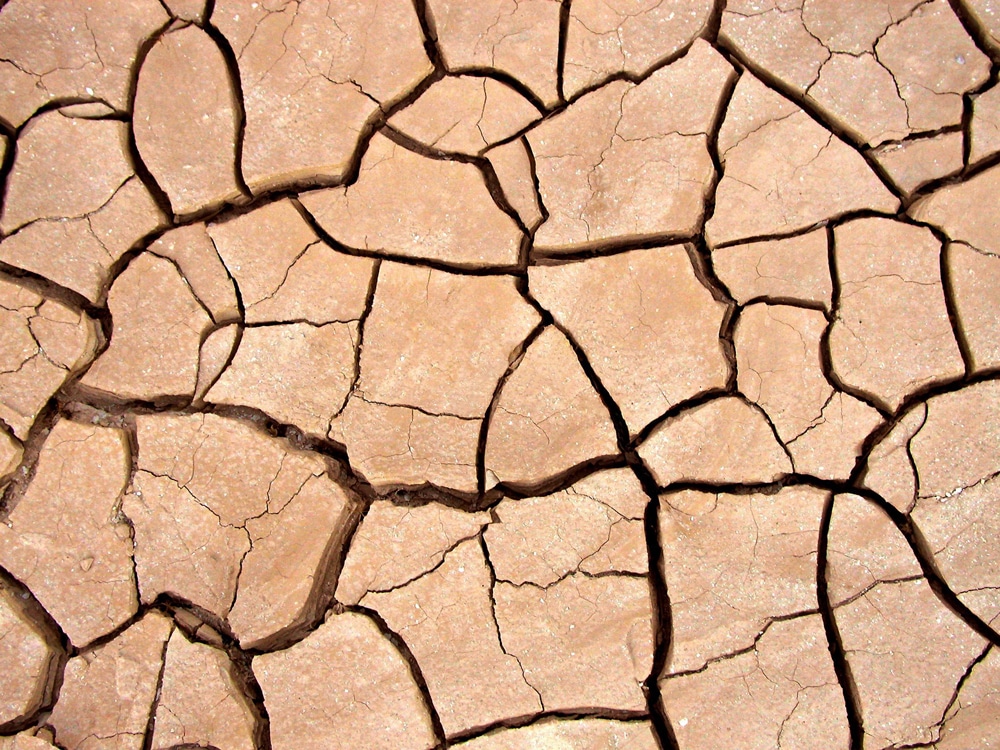

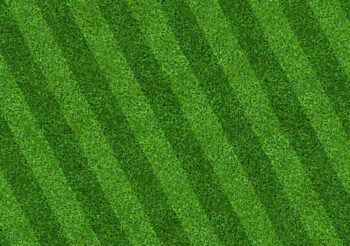
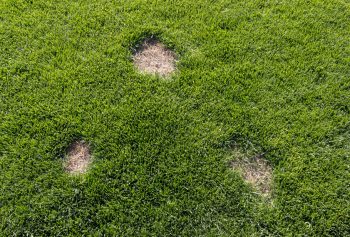
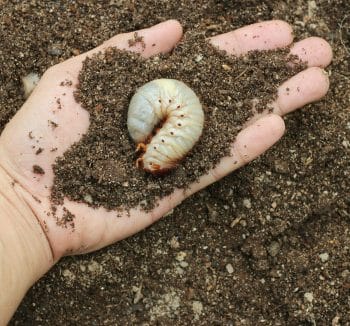
One Response
Great article, I like these tips, very helpful!